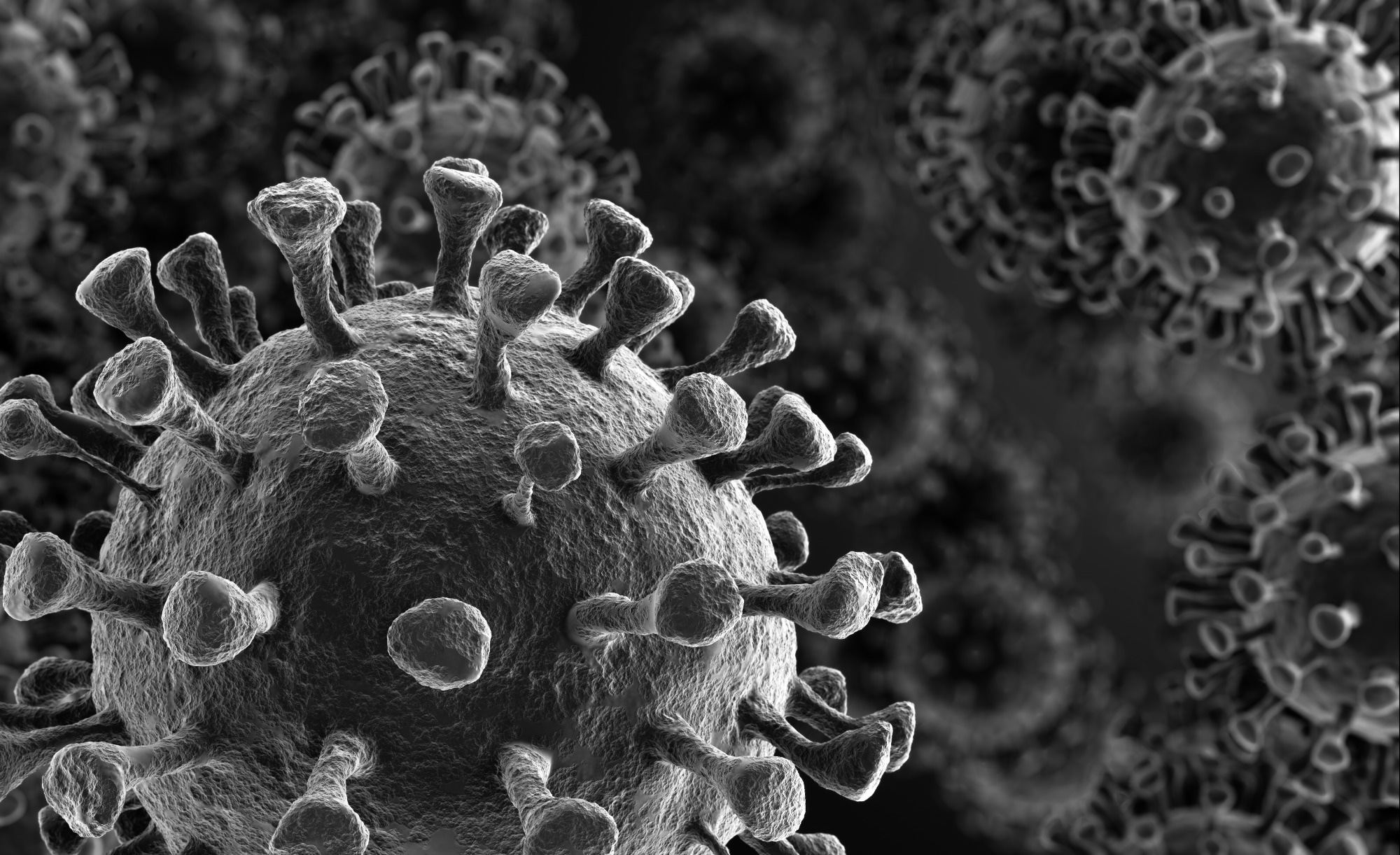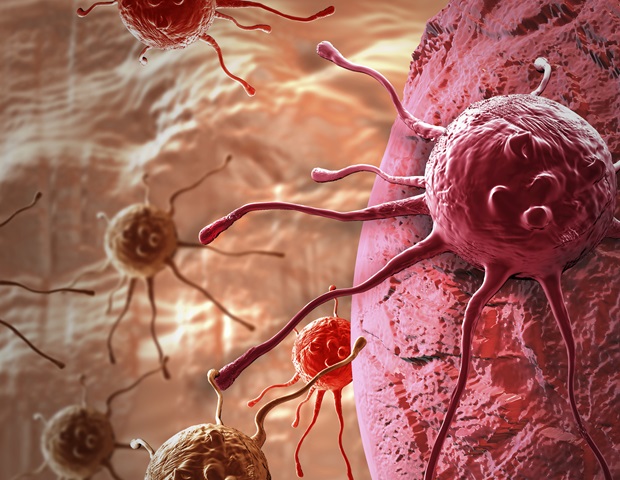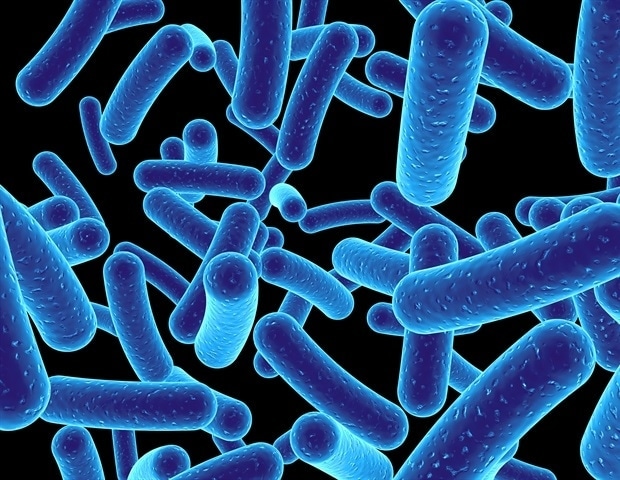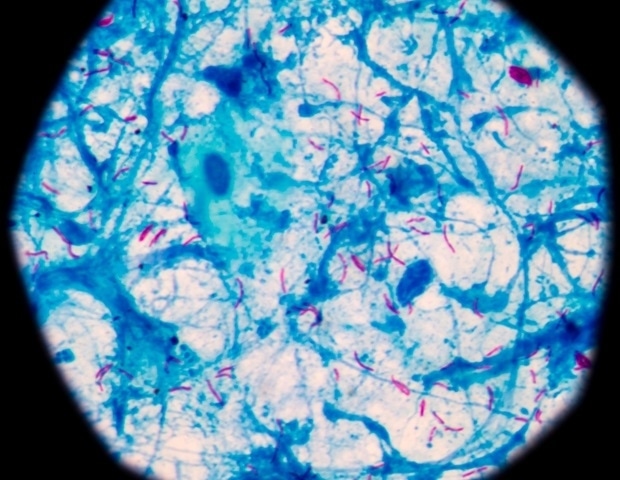In a recent study posted to the bioRxiv* preprint server, researchers explored T-cell epitopes derived from human seasonal coronavirus OC43.
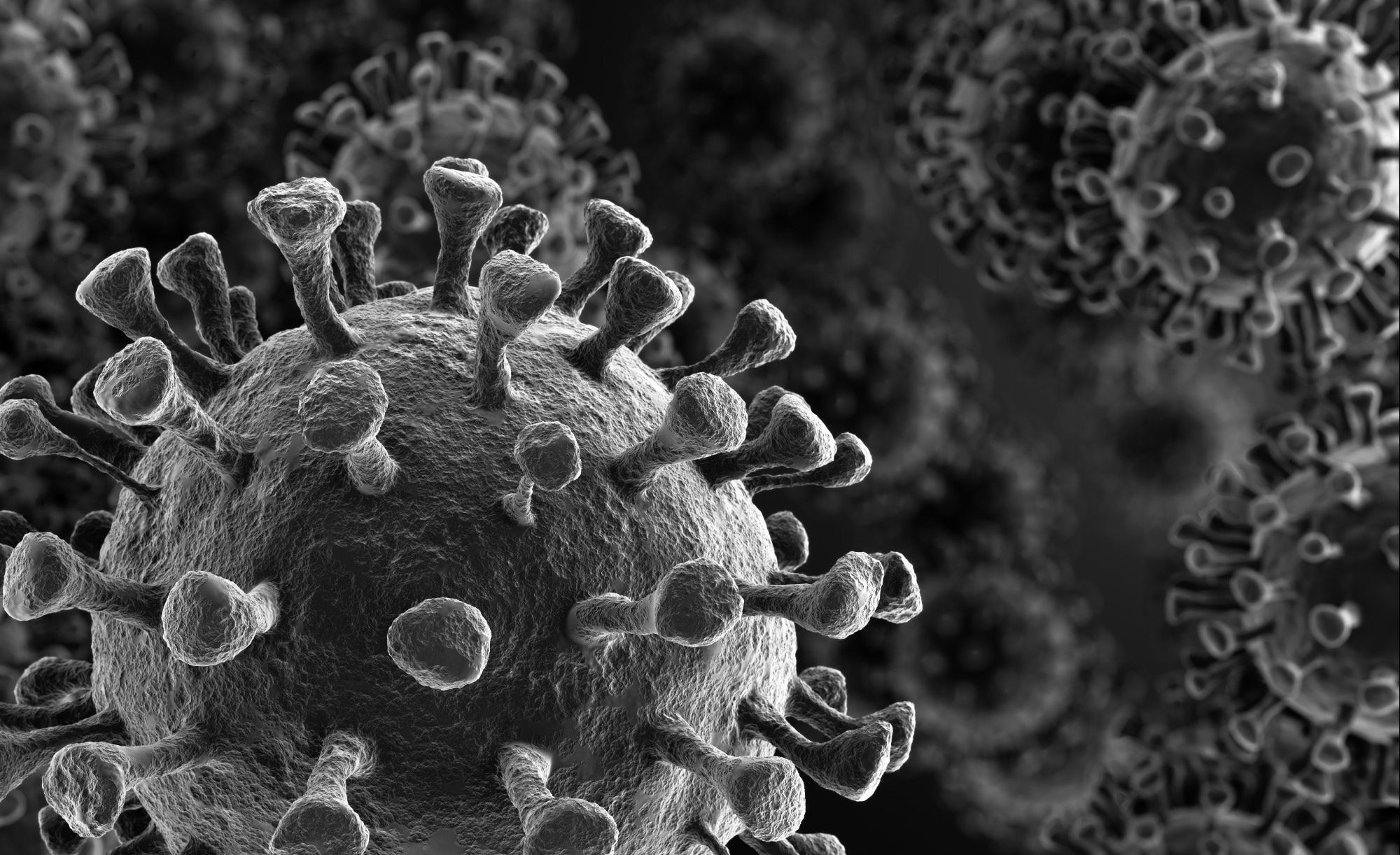
Studies related to severe acute respiratory syndrome coronavirus 2 (SARS-CoV-2) and severe acute respiratory syndrome coronavirus (SARS-CoV) show that blood samples acquired before the development of SARS-CoV and SARS-CoV-2 contain responsive T-cell populations. This inspired the hypothesis that pre-existing immunity, maybe triggered by a previous infection(s) due to seasonal human CoVs (hCoVs), could be the reason for these responses and elicited the hunt for the implicated cross-reactive epitopes. So far, no method has been published for discovering OC43 T cell epitopes irrespective of SARS-CoV-2 response.
About the study
In the present study, researchers identified and analyzed viral epitopes displayed by HEK293 cells infected with OC43.
Immunoaffinity was used to separate peptide-major histocompatibility complex (MHC) complexes, including naturally processed and presented peptides derived from OC43-infected cells. Bound peptides were then eluted and analyzed by mass spectrometry. Subsequently, peptides associated with the naturally processed epitopes were generated, evaluated for human leukocyte antigen (HLA) binding, and used to assess T-cell responses in peripheral blood mononuclear cells. The team utilized the HEK293 cell line, which is homozygous at all MHC-I and MHC-II loci and was vulnerable to infection by the OC43 virus.
Using 143 antibodies targeting the three MHC-I proteins or the three MHC-II proteins, the team investigated MHC-I and MHC-II expression on the HEK293 cell surface. HEK293 cells were later transduced with CIITA, which was the MHC-II master transcriptional regulator responsible for regulating MHC-II gene expression, together with MHC-II processing and editing components such as cathepsins and HLA-DM. Almost 83 peptides within the immunopeptidome were eluted from the HEK293.CIITA cells infected with OC43-matched sequences present in the OC43 virus.
The team analyzed whether circulating CD4 T cells in the blood of healthy donors recognized naturally processed and presented virus peptides. Donors having a partial HLA match to HEK293 cells were chosen. Initially, T-cell responses directly ex vivo among peripheral blood mononuclear cell (PBMC) samples were tested via ELISpot assays using the same group of peptides examined for MHC-II binding. Furthermore, ex vivo interferon (IFN)-ɣ responses were assessed in donors that expressed a minimum of one of the target alleles by activating PBMCs with a mixture of DR or DP peptides.
Results
The team found HLA-ABC expression, while HLA-DR, HLA-DQ, and HLA-DP levels were extremely low or under detection limits. HLA-DR and DP expression levels were successfully increased in transduced cells, while HLA-DQ levels stayed low. HLA-DQ was 20-fold less prevalent than HLA-DP and HLA-DR. Thus, the immunopeptidome investigation was limited to HLA-ABC, HLA-DP, and HLA-DR. The mean length of the viral peptides matched that of the overall peptides, with a peak of nine residues corresponding to the MHC-I and 15 to 16 residues in the case of the MHC-II.
Within the 214 MHC-I peptidomes, the three MHC-I-binding viral peptides were found at comparatively low abundances. Motif analysis showed that peptide P17, obtained from the spike protein, was linked to HLA-A2 with projected binding in the upper 0.5%. Peptides P15 and P16 were generated from the 3C-like proteinase present in the ORF 1ab polyprotein and attributed to HLA-B7 and HLA-A2 based on projected binding within the upper 0.5% for these alleles. However, the team also predicted weak binding properties of peptide P16 to HLA-C7. The low abundance of peptides derived from viruses in the MHC-I peptidome may be the product of immune-evasion processes comparable to those identified for SARS-CoV-2.
Approximately 80 MHC-II-binding peptides were detected which were generated from viral nucleoprotein, hemagglutinin esterase (HE), spike, and envelope proteins. The majority of MHC-II peptides were identified as nested groups of overlapping peptides, as is typical for MHC-II peptidomes. The team also noted that the 35 HLA-DR peptides consist of five nested groups and one single peptide, while the 45 HLA-DP peptides consist of five nested groups and two single peptides. Spike- and nucleoprotein-derived peptides were the most prevalent viral MHC-II peptides, while HE- and E-derived peptides were detected in lower quantities.
Responding T cells were detected in low numbers, which differed significantly between donors. Approximately 11 peptides elicited positive IFN-ɣ ELISpot responses in a minimum of one donor, demonstrating the existence of T-cell responses towards the peptides. Some donors did not respond to every peptide, and the patterns of responses varied between donors. There was a faint but statistically significant relationship between the amount of eluted peptides and the reported T response. Additionally, there was no association between T-cell responses or peptide abundance with binding.
Overall, the study findings described the diversity of naturally processed viral peptides expressed by MHC molecules in HEK293. These epitopes provide a foundation for studying the cellular immune response against OC43 and analyzing the function of prior seasonal CoV immunity concerning SARS-CoV-2 infection.
*Important notice
bioRxiv publishes preliminary scientific reports that are not peer-reviewed and, therefore, should not be regarded as conclusive, guide clinical practice/health-related behavior, or treated as established information.

